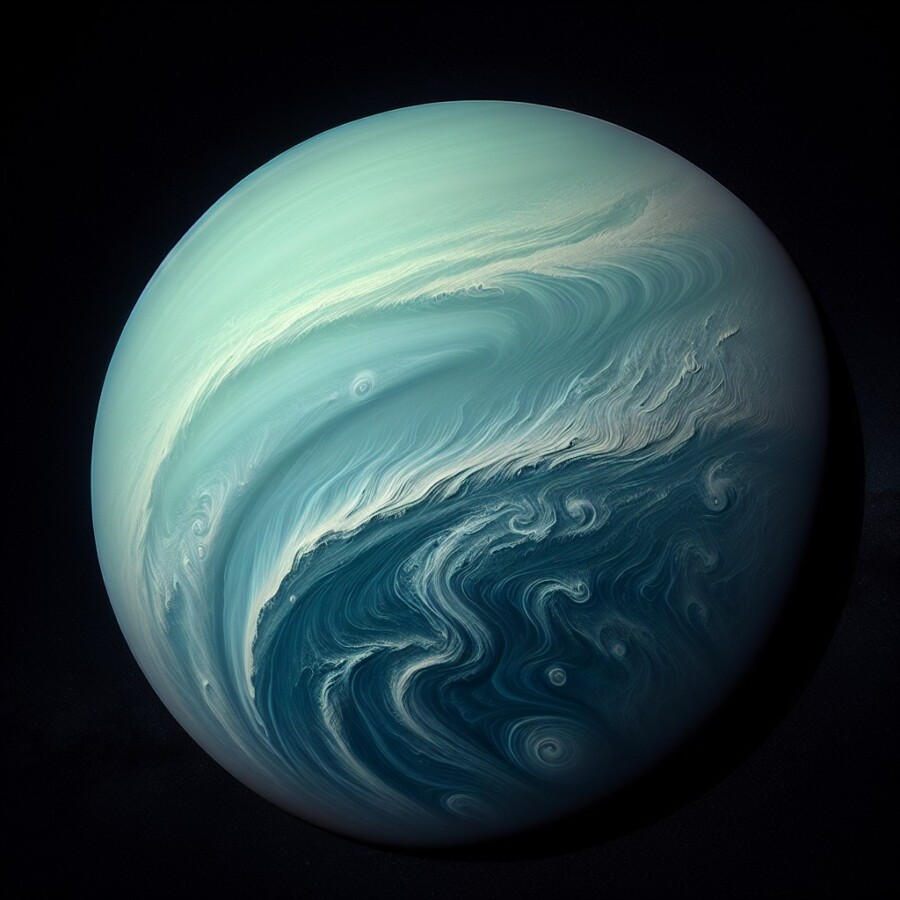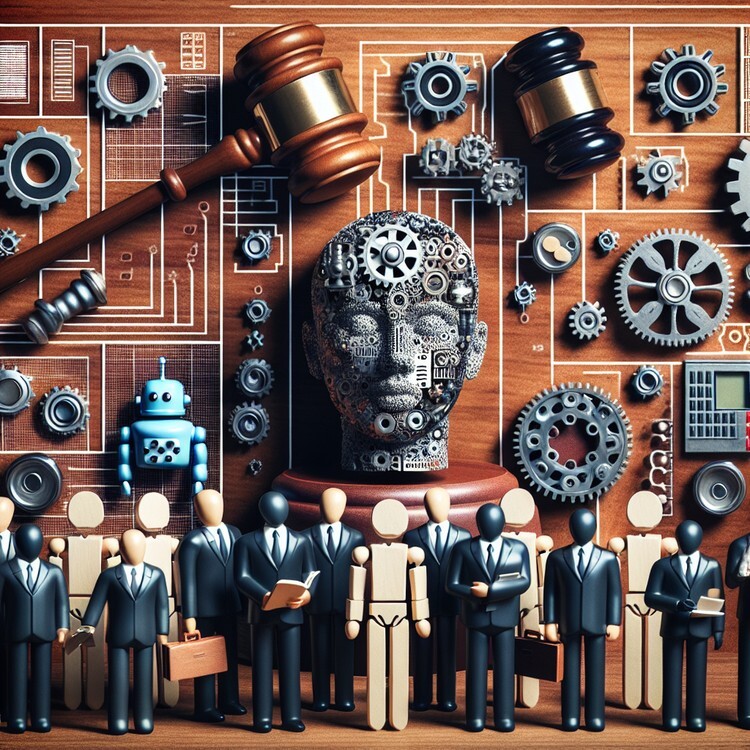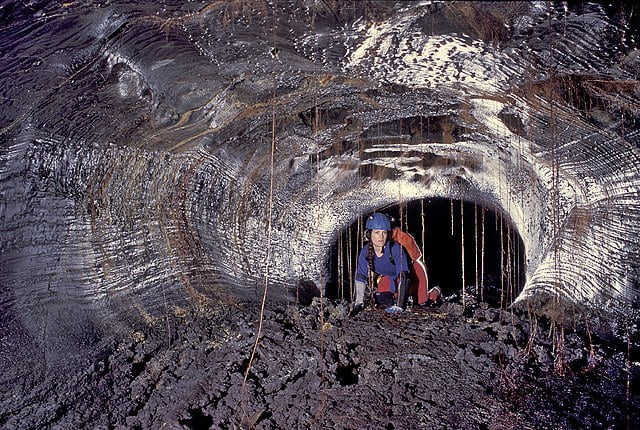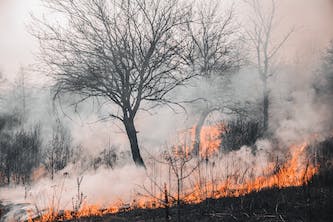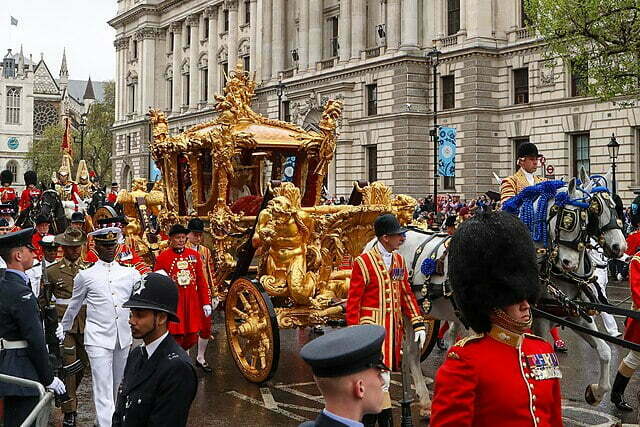A long time ago, people took pictures of two big planets, Neptune and Uranus. The pictures made Neptune look very blue and Uranus look green. But now, smart people who study stars and planets found out that both planets are really more like blue-green. The old pictures were changed to help us see clouds and winds on Neptune, and that made the colors look different. They used a special space camera and a very big telescope to find out the real colors.
The people who study planets knew that the pictures we see are not the real colors. They made the colors brighter a long time ago so it was easier to see details. Making pictures brighter is something they do a lot to learn more about space. Now, they made new pictures that show the right colors of Neptune and Uranus. They found out that Neptune is a little more blue and Uranus is a little more green, but they are both mostly blue-green.
Original news source: Neptune and Uranus seen in true colours for first time (BBC)
🎧 Listen:
Slow
Normal
Fast
📖 Vocabulary:
| 1 | Neptune | A big ball in space that is very far away and looks blue |
| 2 | Uranus | Another big ball in space that is far away and looks a little green |
| 3 | planets | Big round things that move around the sun |
| 4 | pictures | What you get when you use a camera to save what you see |
| 5 | telescope | A tool that makes far away things look closer and bigger |
| 6 | colors | What things look like because of the light, like red, blue, or green |
| 7 | details | The little things you can see when you look very closely |
| 8 | camera | A machine that helps you take photos or save what you see |
| 9 | stars | Sparkly dots in the night sky |
| 10 | clouds | White fluffy things in the sky |
Group or Classroom Activities
Warm-up Activities:
– Charades
Instructions: Write the names of different colors on small pieces of paper and put them in a hat. Have students take turns picking a color and acting it out without speaking. The other students have to guess the color. After each round, discuss the colors mentioned in the article and ask students if they think blue-green is a beautiful color for planets.
– Word Association
Instructions: Write the word “color” on the board. Have students take turns saying a word that they associate with the word “color”. Encourage them to think of words related to the article, such as “blue” and “green”. Write down their answers on the board and discuss the connections between the words.
– Vocabulary Pictionary
Instructions: Write down different vocabulary words related to the article on small pieces of paper and put them in a hat. Have students take turns picking a word and drawing it on the board, while the rest of the class tries to guess the word. Use words like “planet”, “telescope”, and “clouds” to review vocabulary from the article.
– Speed Summarizing
Instructions: Divide the class into pairs. Give each pair a copy of the article. Set a timer for one minute and have one student in each pair try to summarize the article to their partner in that time. After one minute, switch roles and have the other student summarize. Then, have pairs share their summaries with the class and discuss any differences or similarities in their understanding of the article.
– Think-Pair-Share
Instructions: Have students think about the following question: “Why do you think it is important for scientists to study the colors of planets?” After a few minutes of individual reflection, ask students to pair up and share their thoughts with their partner. Then, have a few pairs share their ideas with the whole class and facilitate a discussion on the topic.
🤔 Comprehension Questions:
1. What did the old pictures of Neptune and Uranus make them look like?
2. Why did the smart people change the old pictures?
3. What did they use to find out the real colors of the planets?
4. Did the people who study planets know that the pictures we see are not the real colors?
5. Why did they make the pictures brighter a long time ago?
6. What did the new pictures show about the colors of Neptune and Uranus?
7. What are the real colors of Neptune and Uranus?
Go to answers ⇩
🎧✍️ Listen and Fill in the Gaps:
A long time ago, people took pictures of two big planets, Neptune and (1)______. The pictures made Neptune (2)______ very blue and Uranus look green. But now, smart people who study stars and planets found out that both planets are really more like blue-green. The old pictures were (3)______ to help us see clouds and winds on Neptune, and that made the colors look different. They used a special space camera and a very big (4)______ to find out the real colors.
The people who study planets knew that the pictures we see are not the real colors. They (5)______ the colors brighter a long time ago so it was (6)______ to see details. Making pictures brighter is something they do a lot to (7)______ more about space. Now, they made new pictures that (8)______ the right colors of Neptune and Uranus. They found out that Neptune is a little more blue and Uranus is a little more green, but they are both mostly blue-green.
Go to answers ⇩
💬 Discussion Questions:
Students can ask a partner these questions, or discuss them as a group.
1. What are the names of the two big planets in the story?
2. How did the old pictures of Neptune and Uranus look?
3. Do you think it was easy to see clouds and winds on the old pictures? Why or why not?
4. How did the smart people find out the real colors of the planets?
5. Do you think the new pictures show the right colors of Neptune and Uranus? Why or why not?
6. How do the real colors of Neptune and Uranus look?
7. Do you like the colors blue and green? Why or why not?
8. How do you feel when you see bright colors?
9. Have you ever seen pictures of planets before? Which ones?
10. What do you think is interesting about studying stars and planets?
11. How can making pictures brighter help us learn more about space?
12. Do you think it’s important to know the real colors of planets? Why or why not?
Individual Activities
📖💭 Vocabulary Meanings:
Match each word to its meaning.
Words:
1. Neptune
2. Uranus
3. planets
4. pictures
5. telescope
6. colors
7. details
8. camera
9. stars
10. clouds
Meanings:
(A) Big round things that move around the sun
(B) Another big ball in space that is far away and looks a little green
(C) The little things you can see when you look very closely
(D) A machine that helps you take photos or save what you see
(E) What things look like because of the light, like red, blue, or green
(F) White fluffy things in the sky
(G) What you get when you use a camera to save what you see
(H) A tool that makes far away things look closer and bigger
(I) Sparkly dots in the night sky
(J) A big ball in space that is very far away and looks blue
Go to answers ⇩
🔡 Multiple Choice Questions:
1. What colors did the old pictures make Neptune and Uranus look like?
(a) red and yellow
(b) purple and orange
(c) black and white
(d) blue and green
2. Why did the people who study planets change the old pictures?
(a) to make them look prettier
(b) to see clouds and winds better
(c) to make them look scarier
(d) to make them look smaller
3. What did the smart people use to find out the real colors of Neptune and Uranus?
(a) a paintbrush and a ruler
(b) a special space camera and a very big telescope
(c) a computer and a pencil
(d) a book and a calculator
4. Are the new pictures of Neptune and Uranus mostly blue-green?
(a) No
(b) Maybe
(c) Yes
(d) I don’t know
5. Why did the people who study planets make the old pictures brighter?
(a) to see details better
(b) to make them look darker
(c) to make them look bigger
(d) to make them look smaller
6. Which planet is a little more blue?
(a) Uranus
(b) Both are the same
(c) I don’t know
(d) Neptune
7. Which planet is a little more green?
(a) Uranus
(b) Neptune
(c) Both are the same
(d) I don’t know
8. What did the smart people use to study stars and planets?
(a) a soccer ball and a toy car
(b) a teddy bear and a puzzle
(c) a special space camera and a very big telescope
(d) a banana and a toy train
Go to answers ⇩
🕵️ True or False Questions:
1. Making pictures dimmer is something they do a lot to learn more about space.
2. The old pictures were changed to help us see clouds and winds on Neptune.
3. Smart people who study stars and planets found out that both planets are really more like blue-green.
4. They used a regular cell phone camera and a small telescope to find out the real colors.
5. The people who study planets knew that the pictures we see are not the real colors.
6. People never took pictures of Neptune and Uranus a long time ago.
7. Now, they made new pictures that show the right colors of Neptune and Uranus.
8. The old pictures made Neptune look very red and Uranus look yellow.
Go to answers ⇩
📝 Write a Summary:
Write a summary of this news article in two sentences.
Writing Questions:
Answer the following questions. Write as much as you can for each answer.
1. What did the old pictures of Neptune and Uranus make the planets look like?
2. Why did the smart people change the old pictures?
3. What did the smart people use to find out the real colors of Neptune and Uranus?
4. Why did the people who study planets make the pictures brighter a long time ago?
5. What did the new pictures show about the colors of Neptune and Uranus?
✅ Answers
🤔✅ Comprehension Question Answers:
1. What did the old pictures of Neptune and Uranus make them look like?
The old pictures made Neptune look very blue and Uranus look green.
2. Why did the smart people change the old pictures?
The smart people changed the old pictures to show the real colors of Neptune and Uranus.
3. What did they use to find out the real colors of the planets?
They used a special space camera and a very big telescope to find out the real colors.
4. Did the people who study planets know that the pictures we see are not the real colors?
Yes, the people who study planets knew that the pictures we see are not the real colors.
5. Why did they make the pictures brighter a long time ago?
They made the pictures brighter a long time ago to see the details of the planets better.
6. What did the new pictures show about the colors of Neptune and Uranus?
The new pictures showed that Neptune is a little more blue and Uranus is a little more green, but they are both mostly blue-green.
7. What are the real colors of Neptune and Uranus?
The real colors of Neptune and Uranus are mostly blue-green.
Go back to questions ⇧
🎧✍️✅ Listen and Fill in the Gaps Answers:
(1) Uranus
(2) look
(3) changed
(4) telescope
(5) made
(6) easier
(7) learn
(8) show
Go back to questions ⇧
📖💭✅ Vocabulary Meanings Answers:
1. Neptune
Answer: (J) A big ball in space that is very far away and looks blue
2. Uranus
Answer: (B) Another big ball in space that is far away and looks a little green
3. planets
Answer: (A) Big round things that move around the sun
4. pictures
Answer: (G) What you get when you use a camera to save what you see
5. telescope
Answer: (H) A tool that makes far away things look closer and bigger
6. colors
Answer: (E) What things look like because of the light, like red, blue, or green
7. details
Answer: (C) The little things you can see when you look very closely
8. camera
Answer: (D) A machine that helps you take photos or save what you see
9. stars
Answer: (I) Sparkly dots in the night sky
10. clouds
Answer: (F) White fluffy things in the sky
Go back to questions ⇧
🔡✅ Multiple Choice Answers:
1. What colors did the old pictures make Neptune and Uranus look like?
Answer: (d) blue and green
2. Why did the people who study planets change the old pictures?
Answer: (b) to see clouds and winds better
3. What did the smart people use to find out the real colors of Neptune and Uranus?
Answer: (b) a special space camera and a very big telescope
4. Are the new pictures of Neptune and Uranus mostly blue-green?
Answer: (c) Yes
5. Why did the people who study planets make the old pictures brighter?
Answer: (a) to see details better
6. Which planet is a little more blue?
Answer: (d) Neptune
7. Which planet is a little more green?
Answer: (a) Uranus
8. What did the smart people use to study stars and planets?
Answer: (c) a special space camera and a very big telescope
Go back to questions ⇧
🕵️✅ True or False Answers:
1. Making pictures dimmer is something they do a lot to learn more about space. (Answer: False)
2. The old pictures were changed to help us see clouds and winds on Neptune. (Answer: True)
3. Smart people who study stars and planets found out that both planets are really more like blue-green. (Answer: True)
4. They used a regular cell phone camera and a small telescope to find out the real colors. (Answer: False)
5. The people who study planets knew that the pictures we see are not the real colors. (Answer: True)
6. People never took pictures of Neptune and Uranus a long time ago. (Answer: False)
7. Now, they made new pictures that show the right colors of Neptune and Uranus. (Answer: True)
8. The old pictures made Neptune look very red and Uranus look yellow. (Answer: False)
Go back to questions ⇧




